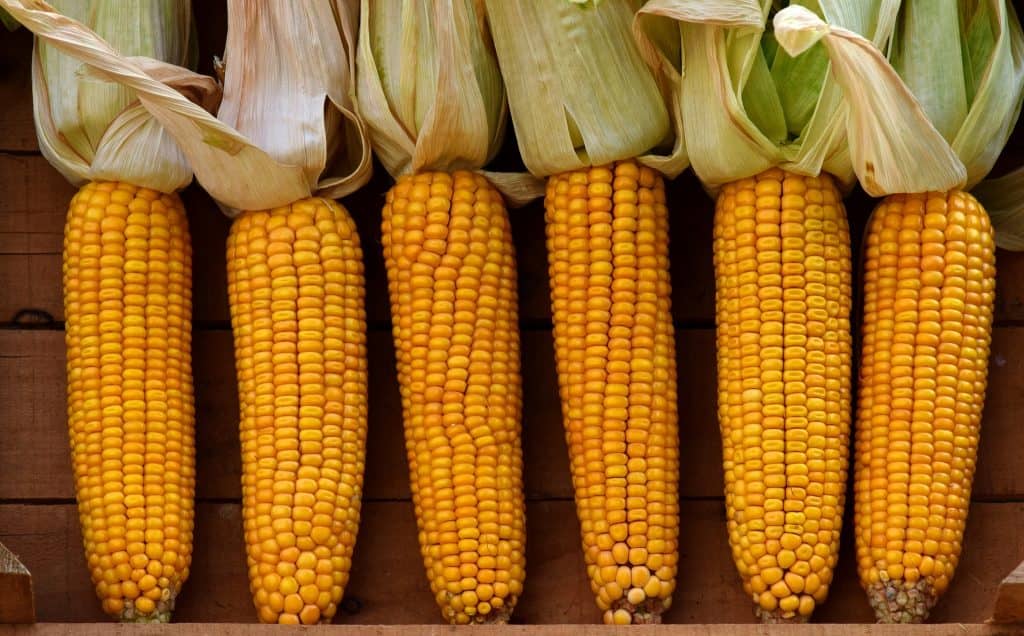Porto Alegre, October 11, 2022 – External market of corn will have USDA maintaining price support this week. As the world economy struggles with the post-pandemic inflationary process, markets are reflecting the demand scenario that is still favorable at a global level and the signs that demand in the United States may take a long time to subside in the face of current employment conditions. Therefore, USDA has a new challenge in this October report for supply and demand of corn, namely, to adjust future demand to avoid signaling very low stocks. The cut in the 21/22 US business year stocks requires demand rationing in 22/23. How to project demand cuts with oil on the rise again and in a situation of full employment? Without a cut in demand or export projections, local stocks could drop below 30 mln tons in 2023 and create a tense environment for the US post-harvest.
Several indicators continue to weigh on the commodities environment. The first one is the appreciation of the dollar in the international environment. This allows more products to access the US market, but makes exports from this origin much more difficult and uncompetitive. As a result, corn premiums sharply rose again this week at the Gulf of Mexico to levels above 100 cents/bushel during the local harvest.
Along with this picture is the strong Chinese currency devaluation, with the yuan reaching its all-time high at 7.20/USD. This fact hinders the entrance of products into the Chinese market and/or puts pressure on prices in dollars for sales to this destination. This picture has become irrelevant for corn because China is completely out of new purchases of corn, from any source, it is only shipping previous purchases from the United States.
The other point that remains an evaluation factor is Ukraine. The country continues harvesting and exporting, with corn currently costing close to USD 218/FOB while the US one costs over USD 300/ton. However, the issue remains the war and now the annexation of four southern provinces after a referendum by Russia. Annexation could determine the end of the war, but the attempt to involve NATO in the conflict exacerbates the prospect of the end of the conflict. As of November, the Ukrainian export corridor remains at risk and could be closed by Russia, preventing the crop flow. This is no doubt a supporting factor for international prices.
Europe suffered another production cut last week. The European government reduced the corn crop from 59.3 to 55.5 mln tons, a figure that must be monitored by USDA next Wednesday. This could imply more demand for wheat, as a substitute for corn in Europe, as well as higher corn imports by September 2023.
The bigger issue, as we pointed out in our last newsletter, for this October report, is that the quarterly US stock report on September 30th brought a position well below what USDA had been projecting. The projection was 38.7 mln tons, and the cut will put it at 35 mln tons, regarding the 21/22 carryover stocks. This cut does not affect the market now, but forces USDA to do an additional cut in the future demand. Without cutting the demand forecast for 22/23, stocks may drop to 27 mln tons, a level considered to be a risk for local supply and that will generate market attitudes to protect domestic supply. One of these attitudes began to be seen last week with sharp highs in premiums in the Gulf of Mexico, which is inhibiting weekly sales of US corn.
Can USDA cut the export projection more abruptly before cutting domestic demand? It surely can. With new highs in oil and with full employment, signaling cuts in domestic demand still looks like a difficult exercise. It would be more coherent to believe in a strong rise in premiums that could inhibit aggressive export movements in the coming few weeks. The question is: where will the international market get supplies in the first half of 2023? The only crop available between April and June will be the Argentine, perhaps the Ukrainian with its difficulties. However, the large volumes will continue to be in the United States. At this point, the planting of the 2023 US crop will be the big balance point, or not, for the second half of next year. The United States needs 4 to 5 mln more acres of planting to bring the 23/24 stocks to normal levels. Without this, we will have another year of high prices in the international market.
Follow the Safras Agency on our website. Also follow us on our Instagram and Twitter and stay on top of the main agribusiness news!
Copyright 2022 – Grupo CMA

